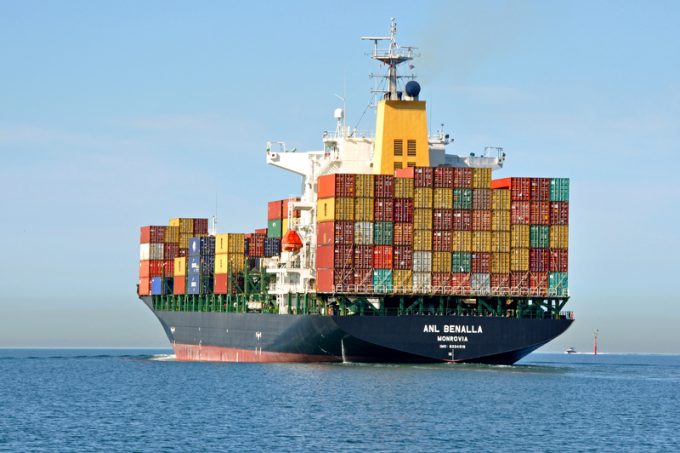'Game-changer' may now be 'game-over', as India eyes cabotage u-turn
India’s government is under pressure to re-regulate its coastal shipping policies following major declines for ...
GM: RAISING THE ROOF GGM: IN FULL THROTTLE GZIM: MAERSK BOOST KNIN: READ-ACROSSMAERSK: NOT ENOUGHMAERSK: GUIDANCE UPGRADEZIM: ROLLERCOASTERCAT: HEAVY DUTYMAERSK: CATCHING UP PG: DESTOCKING PATTERNSPG: HEALTH CHECKWTC: THE FALLGXO: DEFENSIVE FWRD: RALLYING ON TAKEOVER TALKODFL: STEADY YIELDVW: NEW MODEL NEEDEDWTC: TAKING PROFIT
GM: RAISING THE ROOF GGM: IN FULL THROTTLE GZIM: MAERSK BOOST KNIN: READ-ACROSSMAERSK: NOT ENOUGHMAERSK: GUIDANCE UPGRADEZIM: ROLLERCOASTERCAT: HEAVY DUTYMAERSK: CATCHING UP PG: DESTOCKING PATTERNSPG: HEALTH CHECKWTC: THE FALLGXO: DEFENSIVE FWRD: RALLYING ON TAKEOVER TALKODFL: STEADY YIELDVW: NEW MODEL NEEDEDWTC: TAKING PROFIT

Ocean freight rates may have taken a temporary dip, but lockdown delays in China are increasing transit times on intra-Asia tradelanes.
Rakesh Pandit, CEO of Conbox Logistics in India, said freight rates from China had reduced over the last month, but transit times were a “major challenge”.
He told The Loadstar: “They have steadily increased over the past eight weeks, making things very unpredictable.
“Average transit from China to Nhava-Sheva and Mundra Port was between three or four weeks, but now the same service is above five or six weeks. Our mid-March shipments are still lying at transhipment ports and the ETA is showing second week of May.”
According to Peter Sundara, global head of ocean freight at a major Singapore-based cargo owner, the delays are also impacting trade between China and Australia and New Zealand.
He explained: “There aren’t many schedule omissions on the trade from China, the vessels are still calling, but we are seeing a lot of delays due to the lack of truckers there, and there’s not enough space in the warehouses.”
Conversely, he said, the drop in demand ex-China had led to “positive ripple effects” at ports in South-east Asia, with Singapore and Port Klang, for example, relatively free from congestion.
A major issue during previous lockdowns in China was the slowdown in supply of raw materials and intermediate goods, especially for intra-Asia tradelanes, given the region’s reliance on Chinese suppliers for manufacturing.
However, Mr Sundara said, this time macro economic factors were having a bigger impact, noting: “Raw materials have become very expensive because of high inflation, so some shippers are postponing production.”
Spot rates are sliding across the board, he added, and carriers are “facing downward rate pressure for the first time in over two years”.
He said: “China is about to enter a five-day holiday. So there will be a lot of pent-up demand after the lockdowns, if production starts to ramp up again. However, any post-lockdown cargo rush could be negated by upcoming additional capacity. For example, ANL has a new service from Shanghai slated for 31 May.”
Mr Sundara also wondered how carriers would respond to the downward rate pressure they’re facing.
“Will they keep rates high and sacrifice utilisation, or focus on maintaining market share?
“What also remains to be seen is the impact the reopening of borders has on domestic consumption and demand, as hundreds of thousands of people are travelling overseas and starting to spend their money on holidays,” he added.
Comment on this article